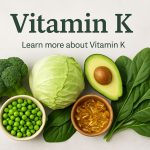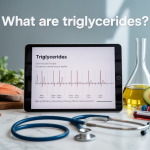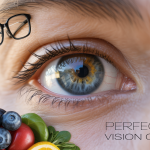High-Copper Foods: Essential Nutrients Your Body Needs Daily
High-copper foods play a crucial role in keeping your body healthy, supporting everything from iron absorption to immune function. This guide is for anyone wanting to boost their copper intake naturally through diet, whether you’re dealing with fatigue, hair issues, or simply want to optimize your nutrition.
We’ll explore the best natural sources of copper-rich foods you can easily add to your meals. You’ll also discover the key health benefits of getting enough copper and learn practical strategies for maximizing copper absorption from the foods you eat.
Understanding High-Copper Foods and Their Essential Role

What Makes Foods High in Copper Content
Copper content in foods varies dramatically based on the food source, processing methods, and growing conditions. Shellfish like oysters and lobster top the charts, containing some of the highest copper concentrations you’ll find naturally. Organ meats, particularly liver, pack impressive amounts of this essential mineral due to copper’s role in metabolic processes that concentrate in these tissues.
Plant-based sources bring their own copper treasures. Nuts and seeds, especially cashews, almonds, and sunflower seeds, store copper as part of their natural enzyme systems. Dark chocolate and cocoa powder surprise many people with their substantial copper content – a delicious bonus for chocolate lovers. Whole grains retain copper that gets stripped away during refined processing, making them superior choices for mineral intake.
Water sources can contribute copper too, especially if you have copper pipes in your home. However, relying on water alone won’t meet your daily needs. The bioavailability of copper – how well your body absorbs it – depends on the food matrix and what else you’re eating. Vitamin C can enhance absorption, while high amounts of zinc or iron might compete for the same absorption pathways.
Processing and cooking methods affect copper retention. Boiling vegetables in large amounts of water can leach copper, while steaming preserves more of the mineral content.
Why Your Body Needs Copper for Optimal Health
Copper acts like a master key, unlocking essential biochemical processes throughout your body. This trace mineral powers over 30 different enzymes, each playing specific roles in keeping you healthy and energized. Without adequate copper, these enzyme systems slow down or stop working entirely.
Your cardiovascular system depends heavily on copper. The mineral helps produce collagen and elastin, proteins that give your blood vessels strength and flexibility. Copper also assists in iron absorption and helps create red blood cells, working hand-in-hand with iron to prevent anemia. Many people focus solely on iron for blood health, missing copper’s equally important contribution.
Brain function relies on copper for neurotransmitter production. The mineral helps create dopamine, norepinephrine, and other chemical messengers that regulate mood, focus, and cognitive performance. Copper deficiency can manifest as brain fog, memory problems, or mood changes that people often attribute to other causes.
Your immune system needs copper to function properly. White blood cells use copper-containing enzymes to fight infections and heal wounds. The mineral also supports your body’s antioxidant defense systems, helping neutralize harmful free radicals that damage cells over time.
Copper plays a crucial role in energy production at the cellular level. The mineral helps your mitochondria – your cells’ power plants – generate ATP, the energy currency your body uses for everything from muscle contractions to brain activity.
Daily Copper Requirements for Different Age Groups
Copper needs change throughout life, with specific requirements varying based on age, biological sex, and life stage. Understanding these variations helps you tailor your diet appropriately.
| Age Group | Daily Copper Requirement |
|---|---|
| Infants (0-6 months) | 200 mcg |
| Infants (7-12 months) | 220 mcg |
| Children (1-3 years) | 340 mcg |
| Children (4-8 years) | 440 mcg |
| Children (9-13 years) | 700 mcg |
| Teens (14-18 years) | 890 mcg |
| Adults (19+ years) | 900 mcg |
| Pregnant women | 1,000 mcg |
| Breastfeeding women | 1,300 mcg |
Infants get copper through breast milk or fortified formula, with needs increasing as they grow and their metabolic demands expand. Children require steadily increasing amounts to support rapid growth and development. Their growing brains, bones, and immune systems all demand adequate copper supplies.
Teenagers need substantial copper during growth spurts and hormonal changes. Their developing bodies require extra copper for tissue building and enzyme production. Adults maintain steady requirements around 900 micrograms daily, though individual needs can vary based on activity level, health status, and other factors.
Pregnant women need additional copper to support fetal development, particularly brain and nervous system formation. Breastfeeding mothers require even more to maintain their own copper status while providing adequate amounts through breast milk. Women planning pregnancy should ensure adequate copper intake before conception.
Signs Your Body May Be Copper Deficient
Copper deficiency develops gradually, often mimicking other health conditions and making diagnosis tricky. Early signs can be subtle and easily overlooked, but recognizing these patterns helps identify potential problems before they become serious.
Fatigue and weakness often appear first. Since copper plays a vital role in energy production and iron absorption, deficiency can leave you feeling constantly tired despite adequate rest. This fatigue differs from normal tiredness – it’s a deep, persistent exhaustion that doesn’t improve with sleep.
Frequent infections signal immune system problems that copper deficiency can cause. You might notice getting sick more often, taking longer to recover, or having wounds that heal slowly. Your white blood cells need copper to function properly, so deficiency compromises your body’s ability to fight off bacteria and viruses.
Neurological symptoms can develop as copper deficiency progresses. These include:
- Memory problems and difficulty concentrating
- Mood changes, including depression or anxiety
- Balance problems and unsteady walking
- Numbness or tingling in hands and feet
- Vision problems
Anemia despite adequate iron intake suggests possible copper deficiency. Copper helps your body absorb and use iron effectively. Without enough copper, you can develop iron-deficiency anemia even when eating iron-rich foods or taking supplements.
Physical signs include premature graying of hair, skin problems, and brittle or weak bones. Copper supports collagen production, so deficiency affects tissues throughout your body. Some people notice their hair losing pigment earlier than expected or their skin becoming more fragile.
Joint pain and arthritis-like symptoms can occur because copper helps maintain healthy connective tissues. Deficiency can lead to joint problems that resemble other conditions, making proper diagnosis essential.
Top Natural Sources of Copper-Rich Foods
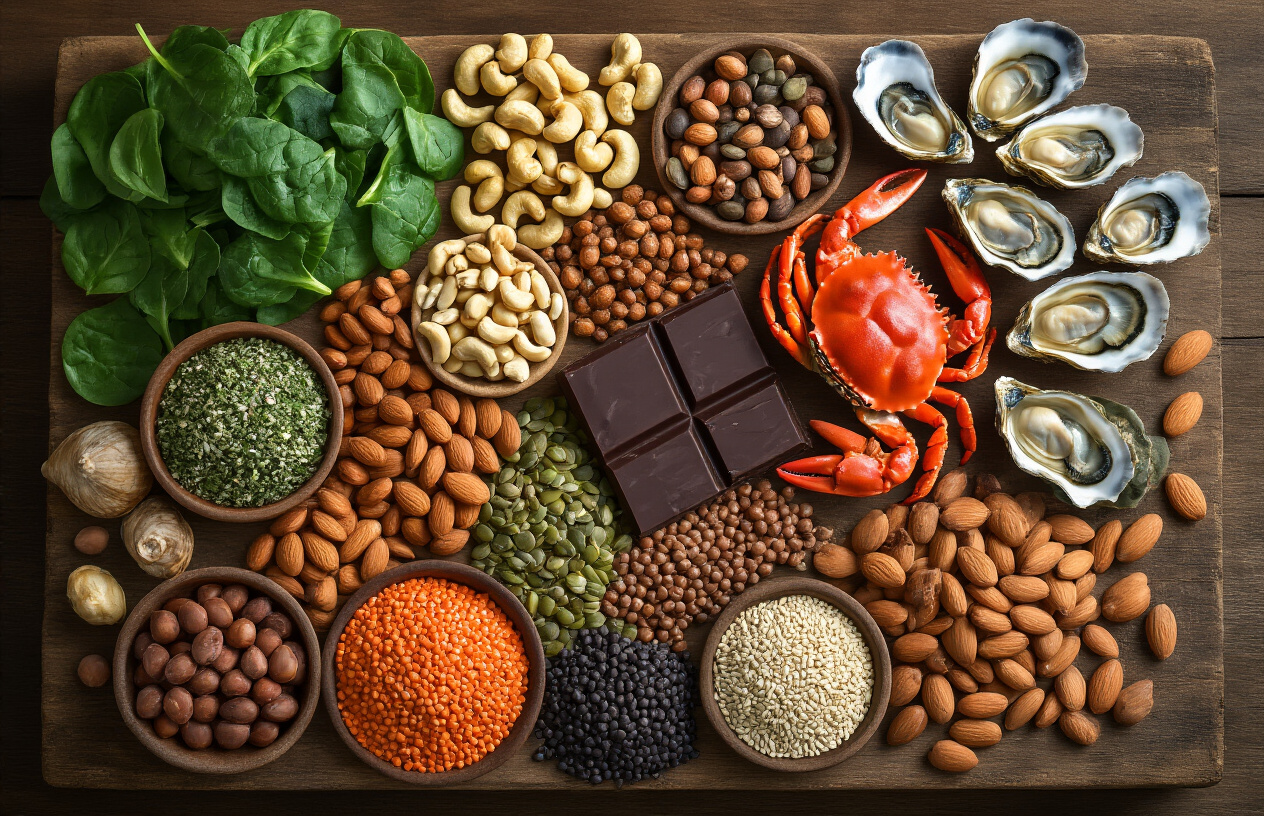
Organ Meats That Deliver Maximum Copper Benefits
Organ meats pack the most copper punch you’ll find in any food group. Beef liver tops the charts with an impressive 14 milligrams of copper per 100 grams – that’s more than 15 times your daily needs in one serving. Chicken liver comes in second, delivering about 7.3 milligrams per 100 grams.
Kidneys from beef and lamb contain substantial copper amounts too, offering around 3-4 milligrams per 100-gram portion. The rich, metallic taste that makes organ meats polarizing actually comes partly from their high mineral content, including copper.
Getting organ meats into your diet doesn’t have to mean eating plain liver. Try grinding liver into ground beef for burgers, making pâté, or adding diced kidneys to stews. Many cultures have mastered delicious organ meat preparations – think chicken liver mousse or beef kidney pie.
Shellfish and Seafood with Highest Copper Concentrations
Oysters reign supreme among shellfish for copper content, providing about 7.6 milligrams per 100 grams. These ocean gems offer bonus nutrients like zinc and B12 alongside their copper bounty.
Crab meat delivers roughly 1.8 milligrams of copper per 100 grams, while lobster provides about 1.9 milligrams. Squid and octopus also make excellent copper sources, containing 1.8 and 0.4 milligrams, respectively per 100-gram serving.
| Seafood Type | Copper per 100g | Additional Benefits |
|---|---|---|
| Oysters | 7.6mg | Zinc, B12, Iron |
| Lobster | 1.9mg | Protein, Selenium |
| Crab | 1.8mg | Protein, Omega-3s |
| Squid | 1.8mg | Protein, Low-fat |
Regular fish like salmon and tuna contain moderate copper levels (0.2-0.3mg per 100g), making them good complementary sources when eaten frequently.
Nuts and Seeds That Boost Your Copper Intake
Cashews lead the nut category with about 2.2 milligrams of copper per 100 grams. Brazil nuts follow closely with 1.7 milligrams, while hazelnuts and almonds provide around 1.3-1.7 milligrams each.
Among seeds, sesame seeds pack 4.1 milligrams of copper per 100 grams – one of the highest plant-based concentrations available. Sunflower seeds offer 1.8 milligrams, and pumpkin seeds contribute about 1.4 milligrams per 100-gram serving.
A handful of mixed nuts daily can significantly boost your copper intake. Try:
- Raw cashews as snacks
- Brazil nuts in trail mix (limit to 2-3 daily)
- Tahini (sesame seed paste) on toast
- Sunflower seeds sprinkled on salads
- Almond butter instead of peanut butter
Dark Leafy Greens for Plant-Based Copper Sources
Spinach contains about 0.13 milligrams of copper per 100 grams raw, but this concentrates when cooked. Swiss chard provides similar amounts, while kale offers slightly less at 0.05 milligrams per 100 grams.
Dark leafy greens work best for copper when eaten in larger quantities or combined with other copper-rich foods. A big salad with spinach, nuts, and seeds creates a copper-boosting meal that tastes great.
Cooking these greens increases copper availability. Sautéed spinach, braised chard, or massaged kale salads help break down plant cell walls, making minerals more accessible. Adding a squeeze of lemon juice can enhance mineral absorption even more.
Whole Grains That Support Copper Absorption
Quinoa stands out among grains with 0.59 milligrams of copper per 100 grams cooked. This ancient seed (technically not a grain) provides complete protein alongside its copper content.
Buckwheat groats contain about 1.1 milligrams per 100 grams, making them one of the richest grain sources. Oats provide 0.16 milligrams per 100 grams cooked, while whole wheat contains roughly 0.43 milligrams per 100 grams of flour.
Brown rice offers modest copper amounts (0.23mg per 100g cooked), but becomes significant when eaten regularly as a staple grain. Barley and millet also contribute meaningful amounts when consumed frequently.
Choose whole grains over refined versions whenever possible – processing removes much of the natural copper content along with other minerals and vitamins.
Health Benefits of Maintaining Adequate Copper Levels
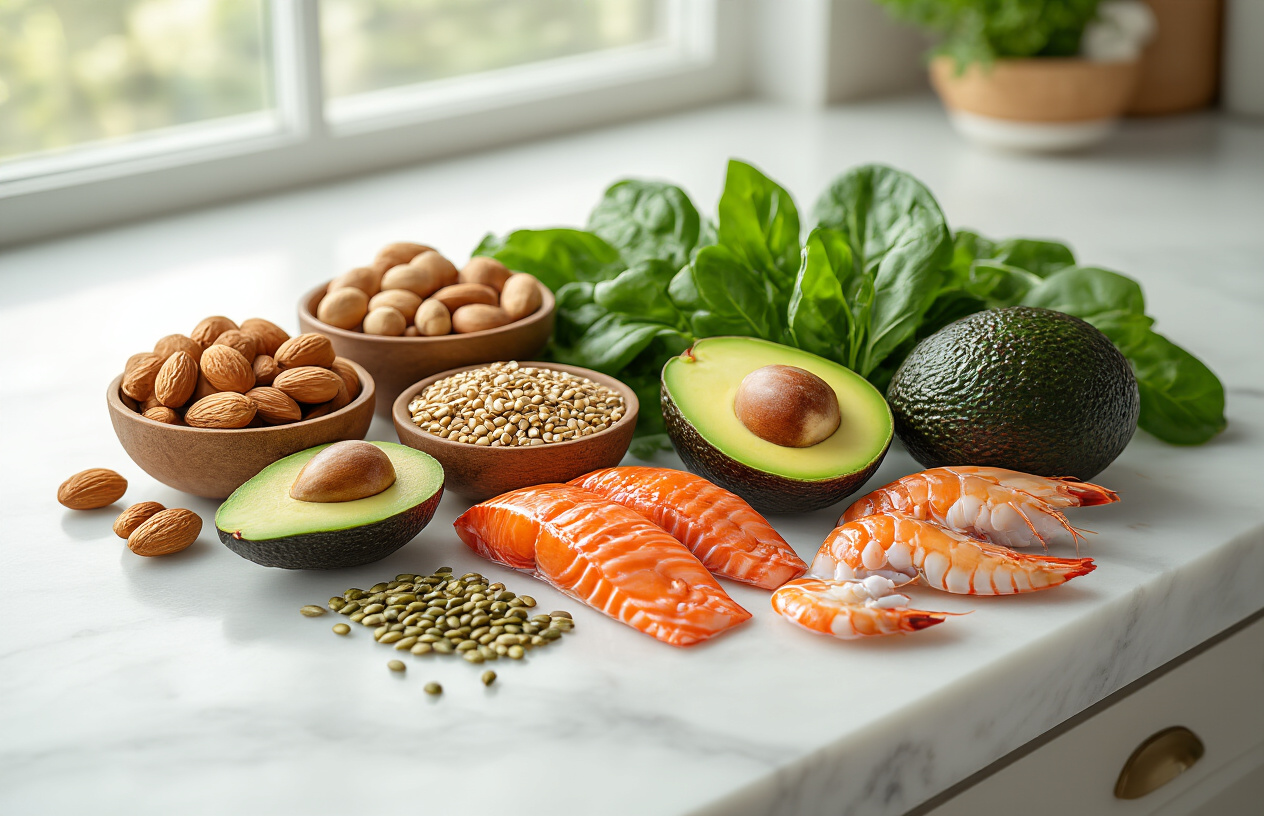
Enhanced Iron Absorption and Blood Health
Copper plays a crucial role as iron’s essential partner in creating healthy red blood cells. Without enough copper, your body can’t properly use the iron you consume, even if you’re eating iron-rich foods daily. This happens because copper helps activate ceruloplasmin, an enzyme that transforms iron into a form your blood cells can actually use.
When copper levels are adequate, iron moves smoothly from your intestines into your bloodstream and then to your bone marrow, where red blood cells are made. This process prevents iron from getting stuck in tissues where it can’t help with oxygen transport. People with sufficient copper levels typically maintain better hemoglobin levels and experience less fatigue from iron-related anemia.
The relationship between copper and iron also affects oxygen delivery throughout your body. Red blood cells need both minerals to carry oxygen efficiently from your lungs to every tissue and organ. When this system works properly, you’ll notice better energy levels, improved exercise tolerance, and faster recovery from physical activities.
Stronger Immune System Function
Your immune system depends heavily on copper to function at full strength. This mineral supports the production and activity of white blood cells, which are your body’s first line of defense against infections and diseases. Copper helps these immune cells communicate better with each other and respond more quickly to threats.
Neutrophils, a type of white blood cell that fights bacterial infections, need copper to produce powerful antimicrobial substances. When copper levels are optimal, these cells can destroy harmful bacteria more effectively, reducing your risk of getting sick and helping you recover faster when you do catch something.
Copper also supports the production of antibodies, the specialized proteins that remember specific pathogens and help your body fight them off more efficiently during future exposures. This mineral strengthens your adaptive immune response, making vaccinations more effective and providing longer-lasting immunity.
The antioxidant properties of copper-containing enzymes protect immune cells from damage during the inflammatory process, allowing them to work longer and more effectively without burning out.
Improved Collagen Production for Healthy Skin
Collagen production relies heavily on copper to create strong, flexible connective tissues throughout your body. This mineral activates lysyl oxidase, an enzyme that cross-links collagen fibers, making them more durable and elastic. Without enough copper, your skin loses its ability to maintain firmness and bounce back from stretching.
The results of adequate copper levels show up clearly in skin health. Your complexion appears more even, wrinkles develop more slowly, and wounds heal faster with less scarring. Copper’s role in collagen synthesis also affects blood vessel walls, keeping them strong and reducing the appearance of broken capillaries and spider veins.
Hair and nail health also benefit from copper’s collagen-supporting properties. Your hair maintains better texture and strength, while nails grow more consistently without becoming brittle or developing ridges. The mineral helps maintain the structural integrity of hair follicles, potentially reducing hair thinning and breakage.
Joint health improves as well, since cartilage contains significant amounts of collagen that needs copper for proper formation and maintenance.
Better Brain Function and Nervous System Support
Copper serves as a cofactor for several enzymes involved in neurotransmitter production, directly affecting mood, memory, and cognitive function. The mineral helps produce dopamine, norepinephrine, and other brain chemicals that regulate emotions and mental clarity.
Your nervous system uses copper to maintain the myelin sheath, the protective covering around nerve fibers that allows electrical signals to travel quickly and efficiently. When copper levels are adequate, nerve impulses move smoothly throughout your body, improving reaction times, coordination, and sensory processing.
Brain energy metabolism also depends on copper-containing enzymes that help cells produce ATP, the cellular fuel that powers all mental activities. People with sufficient copper often experience better concentration, improved memory formation, and enhanced problem-solving abilities.
The mineral’s antioxidant properties protect brain cells from oxidative stress, which accumulates over time and contributes to cognitive decline. Copper-dependent enzymes neutralize harmful free radicals before they can damage delicate neural tissue, potentially supporting long-term brain health and reducing the risk of neurodegenerative conditions.
Maximizing Copper Absorption from Your Diet
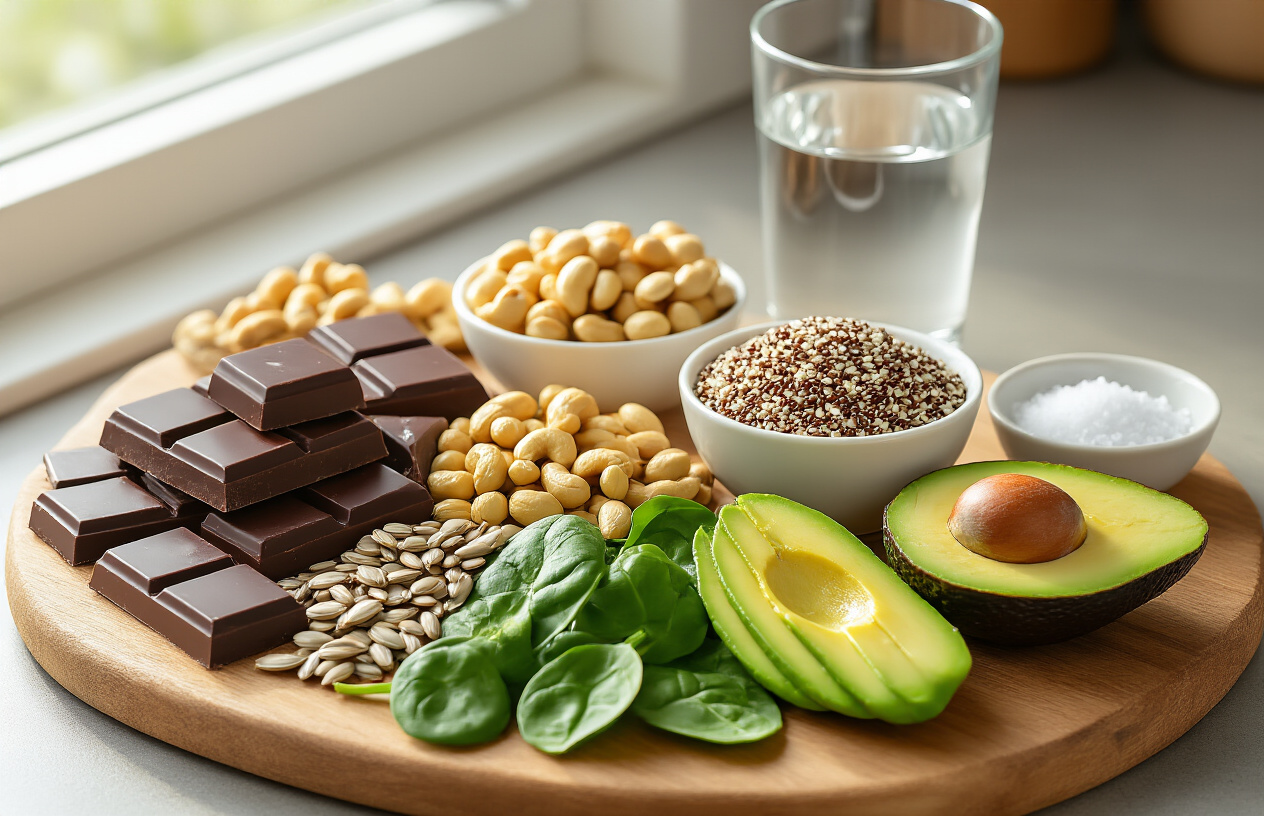
Food Combinations That Enhance Copper Uptake
Strategic pairing of foods can significantly boost your body’s ability to absorb copper. Vitamin C-rich foods create the perfect partnership with copper-containing foods, acting as a natural absorption enhancer. Try combining liver or shellfish with citrus fruits, bell peppers, or strawberries for maximum benefit.
Iron and copper work synergistically in your body, so eating them together makes biological sense. Dark leafy greens like spinach provide both minerals, while combining copper-rich nuts with iron-fortified cereals creates another powerful duo.
Amino acids from high-quality proteins also support copper absorption. Pairing copper-rich foods with complete proteins like eggs, fish, or poultry helps your digestive system process the mineral more effectively.
Avoid these absorption blockers:
- High-dose zinc supplements taken with meals
- Excessive calcium from dairy products
- Antacids or medications that alter stomach pH
- High-fiber foods eaten simultaneously (space them 2-3 hours apart)
Timing Your Copper-Rich Meals for Best Results
Your body’s copper absorption varies throughout the day, with morning hours typically offering optimal uptake rates. Eating your highest copper-content foods at breakfast or lunch allows for better processing when your digestive system functions at peak efficiency.
Empty stomach consumption can enhance absorption for some people, but copper-rich foods might cause mild nausea when eaten alone. If you experience stomach discomfort, pair these foods with small amounts of easily digestible carbohydrates like toast or crackers.
Space copper-rich meals at least 2-3 hours apart from calcium-heavy foods or supplements. Calcium competes with copper for the same absorption pathways, potentially reducing uptake by 30-50%.
Optimal timing strategies:
- Morning: Shellfish omelets or nut-topped oatmeal
- Midday: Liver-based dishes or legume salads
- Evening: Light copper sources like dark chocolate (avoid large portions before bed)
Cooking Methods That Preserve Copper Content
Copper is relatively stable during cooking, but certain methods can maximize retention while others may cause losses. Water-soluble cooking methods like boiling can leach copper into cooking water, which you can recapture by using that liquid in soups or sauces.
Steaming and sautéing preserve the highest copper content because they use minimal water and shorter cooking times. These methods also maintain the mineral’s bioavailability better than prolonged high-heat cooking.
Acidic ingredients like tomatoes, vinegar, or citrus can actually increase copper availability from foods during cooking. The acid helps break down food matrices, making the mineral more accessible to your digestive system.
Best cooking practices for copper retention:
| Method | Copper Retention | Best For |
|---|---|---|
| Steaming | 90-95% | Vegetables, shellfish |
| Sautéing | 85-90% | Nuts, seeds, leafy greens |
| Roasting | 80-85% | Organ meats, root vegetables |
| Boiling | 70-75% | Legumes (save cooking water) |
Cast iron and stainless steel cookware won’t interfere with copper absorption, unlike some non-stick surfaces that might bind minerals. Copper cookware itself can add trace amounts to your diet, though this contribution is minimal compared to food sources.
Avoiding Copper Deficiency Through Smart Food Choices

Creating Balanced Meal Plans with Copper-Rich Foods
Building a copper-rich meal plan doesn’t require complex calculations or strict dietary rules. Start your day with nuts and seeds sprinkled over oatmeal or yogurt – just a handful of cashews or sunflower seeds provides a significant copper boost. For lunch, incorporate legumes like lentils or chickpeas into salads, soups, or grain bowls. These protein-packed foods deliver copper alongside fiber and other essential nutrients.
Dinner presents the perfect opportunity to include shellfish if you eat seafood. Crab, oysters, and lobster rank among the highest copper sources available. For those preferring land-based proteins, organ meats like liver contain exceptional copper levels, though they’re best enjoyed in moderation due to their intensity.
Dark leafy greens like spinach and kale work beautifully as side dishes or salad bases, while dark chocolate makes an enjoyable dessert that contributes to your daily copper goals. Avocados add creamy texture to meals while boosting copper intake, and whole grains like quinoa serve as excellent bases for copper-rich toppings.
Plan weekly menus that rotate different copper sources to prevent boredom and ensure variety. Batch cooking legumes and grains saves time while guaranteeing copper-rich ingredients are always ready. Keep nuts and seeds visible in your kitchen as easy snacking options that naturally increase copper consumption throughout the day.
Special Considerations for Vegetarians and Vegans
Plant-based eaters can absolutely meet their copper needs without animal products, though it requires more intentional planning. Nuts and seeds become cornerstone foods in vegetarian and vegan diets – almonds, cashews, hazelnuts, and tahini provide substantial copper amounts. Sesame seeds deserve special mention, as they pack impressive copper levels into small serving sizes.
Legumes take center stage for plant-based copper intake. Lentils, chickpeas, black beans, and soybeans offer protein plus copper in one package. Tofu and tempeh, made from soybeans, provide versatile protein options that contribute meaningful copper amounts to meals.
Dark chocolate becomes more than a treat – it’s a legitimate copper source for plant-based eaters. Choose varieties with higher cocoa content for maximum mineral benefits. Mushrooms, particularly shiitake varieties, add umami flavor while contributing copper to vegetarian dishes.
Sprouted grains and seeds can increase copper bioavailability. The sprouting process breaks down compounds that might inhibit mineral absorption. Consider sprouting lentils, mung beans, or alfalfa seeds for salads and sandwiches.
Nutritional yeast, beloved by many vegans for its cheesy flavor, contains copper along with B vitamins. Sprinkle it on pasta, popcorn, or salads for extra mineral content. Sea vegetables like dulse and nori also provide copper while adding unique flavors to plant-based meals.
When to Consider Copper Supplements vs Whole Foods
Whole foods remain the gold standard for copper intake. Foods containing copper come packaged with complementary nutrients that enhance absorption and provide additional health benefits. The copper in oysters comes with zinc, protein, and omega-3 fatty acids, creating a nutritional synergy that isolated supplements can’t match.
Supplements become relevant in specific situations. People with malabsorption disorders, those who’ve undergone gastric bypass surgery, or individuals with consistently inadequate dietary intake might need supplemental copper. Certain medications can interfere with copper absorption, making supplements necessary under medical supervision.
The risk of copper toxicity increases significantly with supplements compared to food sources. Your body naturally regulates copper absorption from foods, but supplements can override these protective mechanisms. Excessive copper intake can interfere with iron and zinc absorption, creating new deficiencies while trying to address another.
Timing matters with copper supplements. Taking them with meals can reduce absorption, while empty stomach consumption might cause nausea. Vitamin C enhances copper absorption, but high doses of zinc, iron, or calcium can inhibit it. These complex interactions make whole foods the safer, more effective choice for most people.
Before considering supplements, track your copper intake from foods for a week. Many people discover they’re getting more copper than they realized, making supplementation unnecessary.
Monitoring Your Copper Intake Without Overdoing It
Tracking copper intake doesn’t require obsessive measuring or complex apps. Familiarize yourself with copper-rich foods and their approximate amounts. A small handful of nuts provides about 0.2-0.4 mg of copper, while a 3-ounce serving of shellfish can deliver 1-7 mg, depending on the type.
The recommended daily copper intake for adults ranges from 0.9-1.3 mg, an amount easily achieved through varied eating. Most people in developed countries consume adequate copper without specific attention to it. Problems arise more often from deficiency than excess when relying on whole foods.
Watch for signs that might indicate copper imbalance. Fatigue, frequent infections, or unusual hair changes could signal deficiency, while nausea, stomach pain, or metallic taste might suggest excess. These symptoms have many possible causes, making medical evaluation important rather than self-diagnosis.
Keep a simple mental tally during meal planning. If you’re including nuts, seeds, or legumes daily, plus occasional shellfish or dark chocolate, you’re likely meeting copper needs. Vegetarians should pay extra attention to including multiple plant-based copper sources throughout the week.
Copper cookware can contribute to intake, especially when cooking acidic foods. While this rarely causes problems, awareness helps you understand all copper sources in your diet. Focus on getting copper from delicious, nutritious foods rather than worrying about precise measurements – your body is remarkably good at maintaining copper balance when given quality whole food sources.
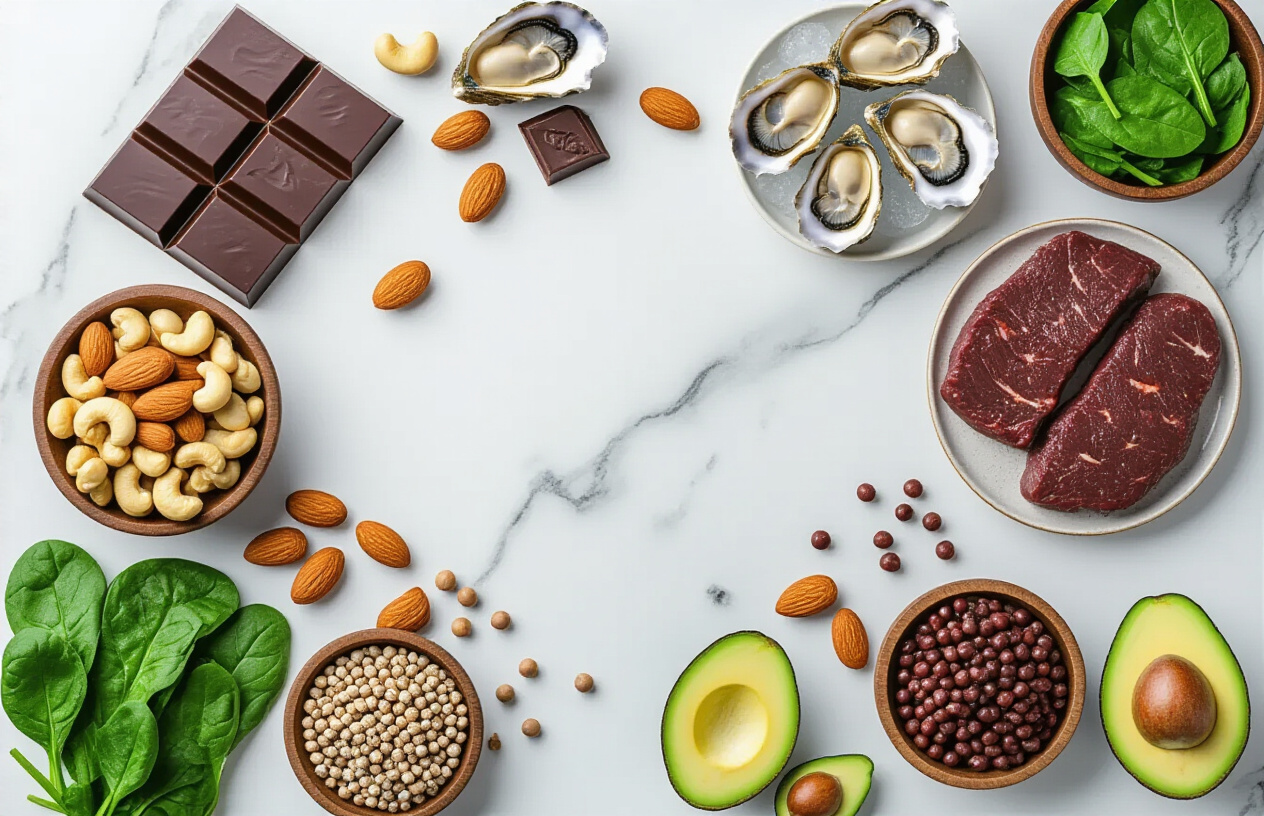
Getting enough copper through your diet doesn’t have to be complicated. Foods like nuts, seeds, shellfish, dark chocolate, and leafy greens can easily fit into your everyday meals. The best part is that many of these copper-rich options also bring other valuable nutrients to the table, making them smart additions to any balanced diet.
Start small by adding a handful of almonds to your morning routine or swapping regular pasta for whole grain versions. Your body will thank you for the steady supply of copper, which keeps your immune system strong, helps your body absorb iron better, and supports healthy connective tissue. Pay attention to what you’re eating throughout the week, and you’ll likely find that meeting your copper needs becomes second nature.
